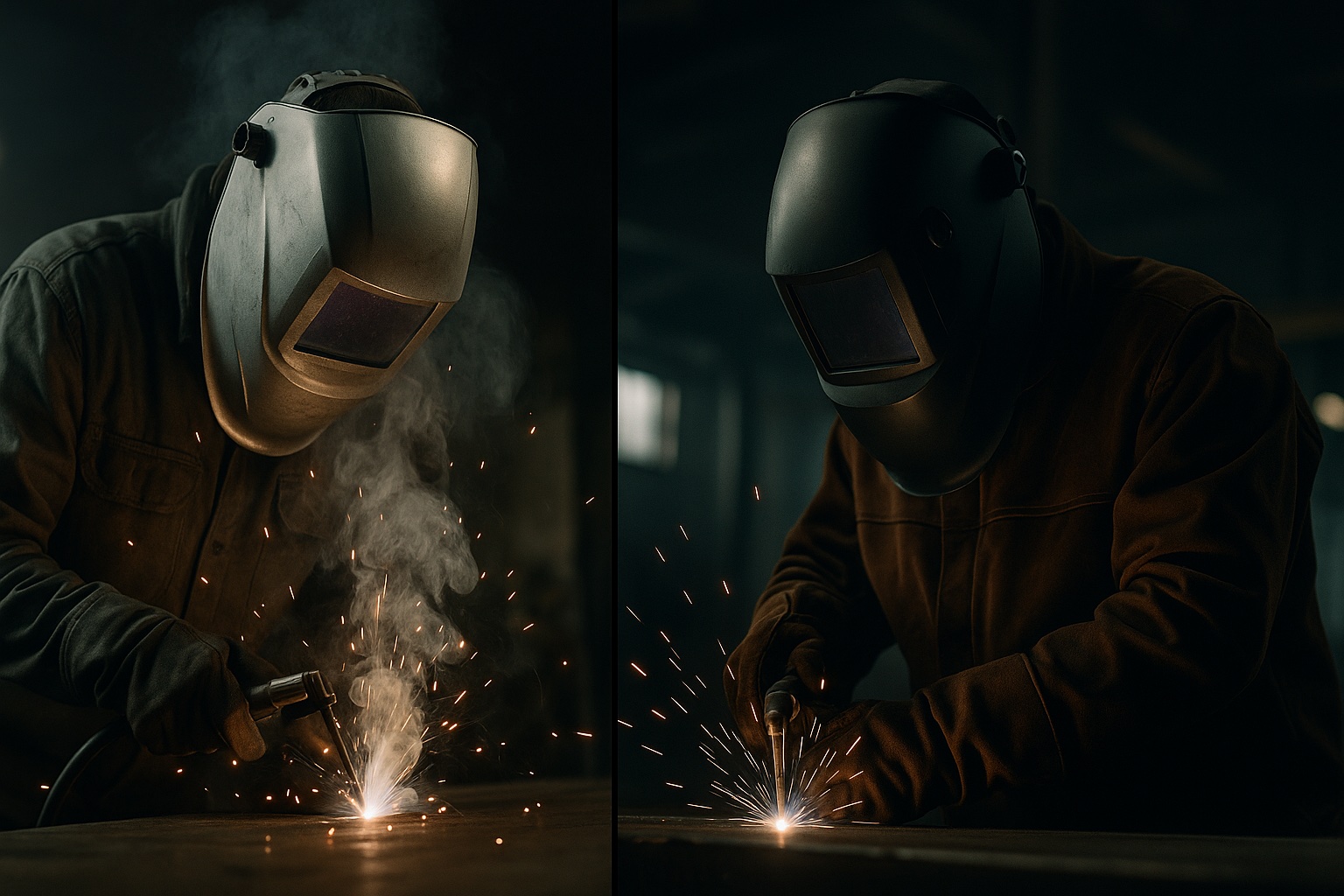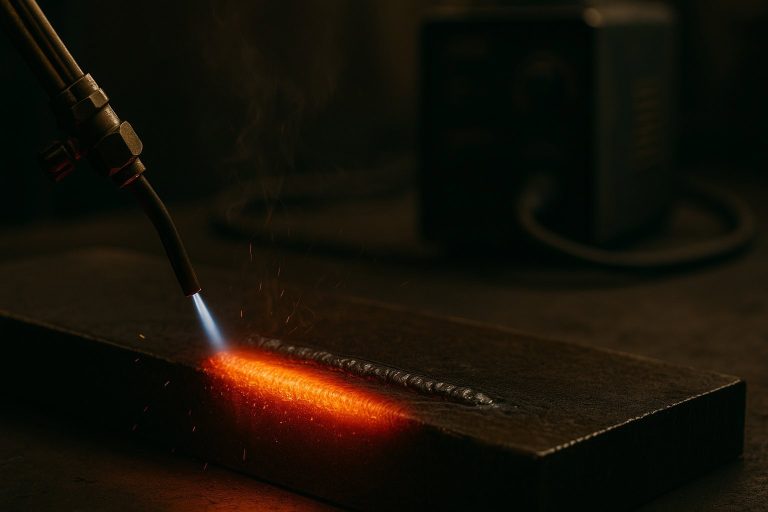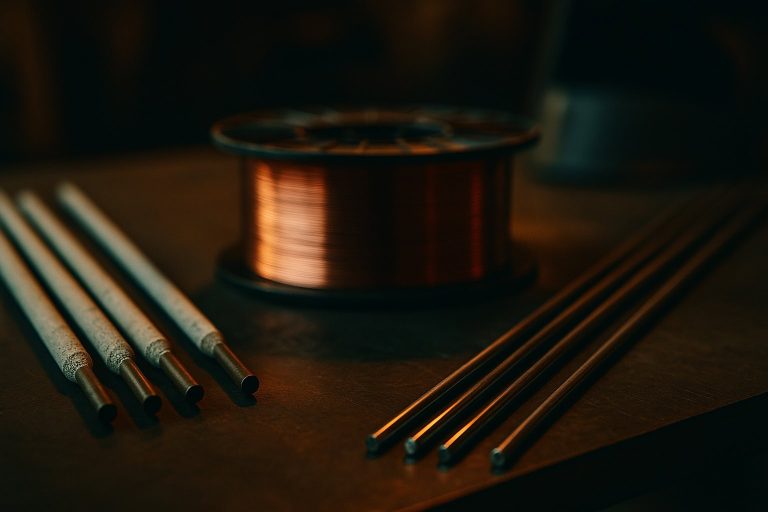AC and DC Welding: Understanding the Differences
February 25, 2022

Understanding polarity is critical to being a good welder. Whether the project has the quality and strength of a good weld depends on the polarity selected. Polarity can be either AC or DC.
AC means alternating current, which flows half the time in one direction and the other half in the other direction. It changes its polarity about 120 times a second.
DC stands for direct current, meaning the current has constant polarity since the current flows constantly in one direction.
Simply put, when you look at a welding machine and see a DC label, it means the machine has constant polarity. If it says AC, then the polarity will change and alternate directions up to 120 times per second.
Let’s review each of these types of welding and the differences between them.
What is AC welding?
AC welding is welding with alternating current. The welds are not as smooth as with DC welding and although DC welding is often considered superior to AC, there are definite times when AC is the welding polarity of choice. Some advantages to AC welding are:
- AC welding machines are less expensive, although many higher-end models have both AC and DC.
- AC welding is best for welding aluminum, which requires a high-intensity production of heat.
- AC welding is specifically used in the shipbuilding industry since it is better suited for high temperatures and has a higher current level, making it suitable for welding in corners and welding seams.
- The current alternates between positive and negative polarity, so it makes it possible to weld magnetized parts. This is particularly important when doing maintenance or repair work on machines that are magnetized. Also, repair work often involves rusted metal for which AC welding is a better choice than DC welding.
- The alternating current reduces the arc blow. Arc blow happens when there is a deflection of the intended arc from its original path.
The downsides to AC welding include:
- More spatter. Spatter is the drops of hot material that splash from the weld to the floor or area around where the welding is being done.
- The weld quality is not as smooth.
- It is more difficult to handle than DC welding.
What is DC Welding?
Direct current flows in only one direction. This welding method has a higher deposition rate. The deposition rate is the amount of filler metal that is melted into the weld joint. The higher deposition rate makes DC welding good for a weld that needs a build-up of deposits. It also has less spatter than AC welding, which makes the weld bead more uniform and smoother.
DC is easier to work with since the electrical arc is more stable than with AC welding.
Other advantages are:
- A more stable arc.
- A smoother weld.
- Faster deposition rates.
- Greater penetration into the weld metal.
- Ideal for joining thinner metals.
- It is also used for stick welding and is good for welding all types of steel.
- Good for overhead and vertical applications. Vertical welds are required in different industries, primarily construction areas such as for buildings, power plant construction, oil and gas pipelines and fittings, and in shipyards where welders are required to weld huge metal structures that are in a vertical position.
Disadvantages of DC welding are:
- The machines are more expensive
- It is unable to fix problems with arc blow.
Contact Vern Lewis Welding Supply, Inc. – Arizona’s Leader in Welding Supplies
At Vern Lewis Welding Supply, Inc., we have eight locations throughout the state of Arizona to serve you. We maintain a complete supply of products needed for all types of welding and can answer any of your welding questions. For more information, contact us online or call 602-633-7481.
Sources:
- https://www.twi-global.com/technical-knowledge/faqs/ac-vs-dc-welding
- https://www.uti.edu/blog/welding/welding-polarity
- https://weldingproductivity.com/article/ac-vs-dc/
- https://weldingheadquarters.com/what-is-the-difference-between-ac-and-dc-welding/
- https://weldingheadquarters.com/how-to-weld-vertical/
Join Our Newsletter
Sign up for our newsletter to receive specials offers, product updates, and more!






